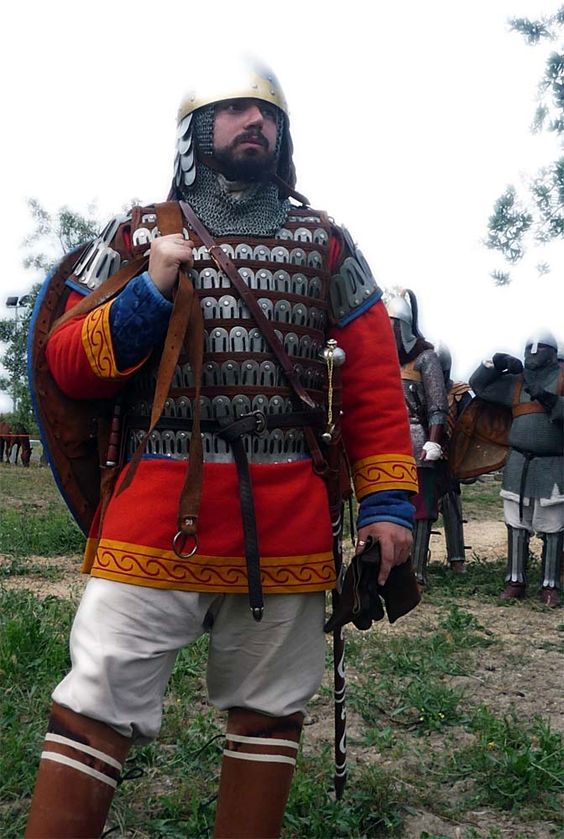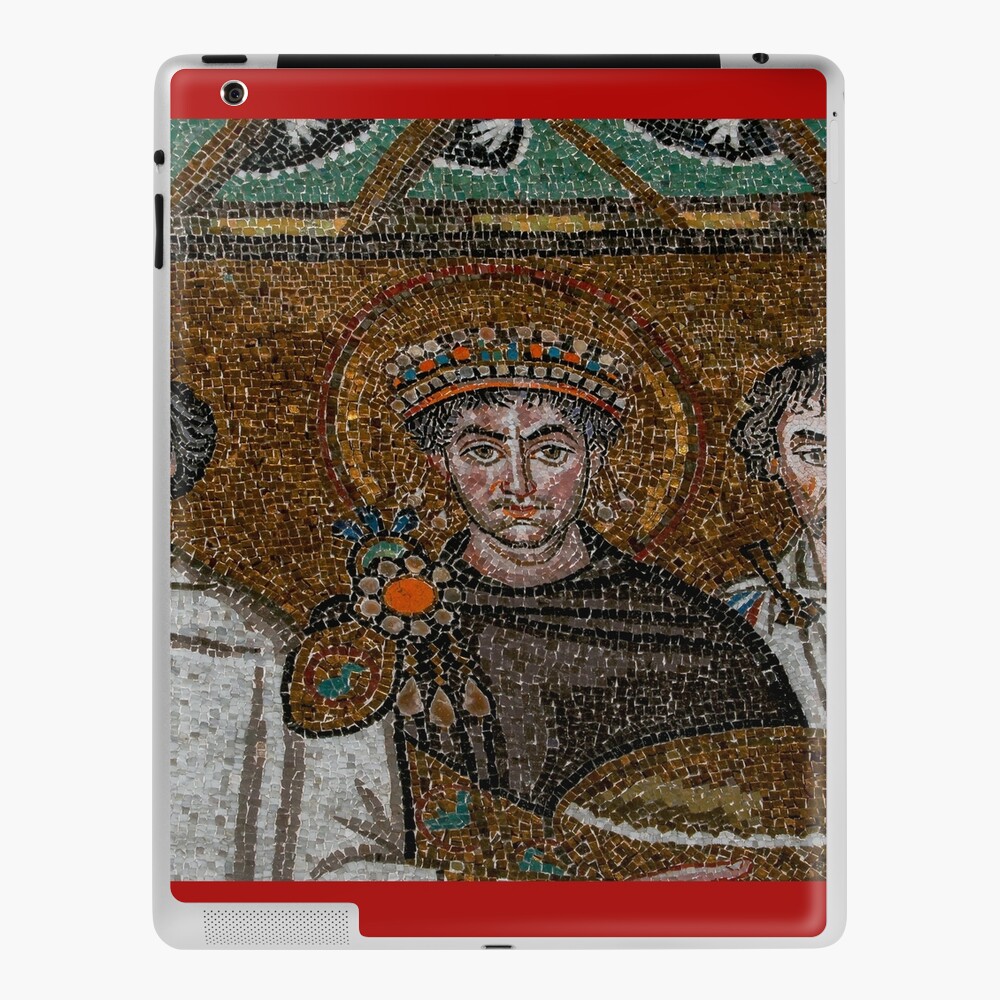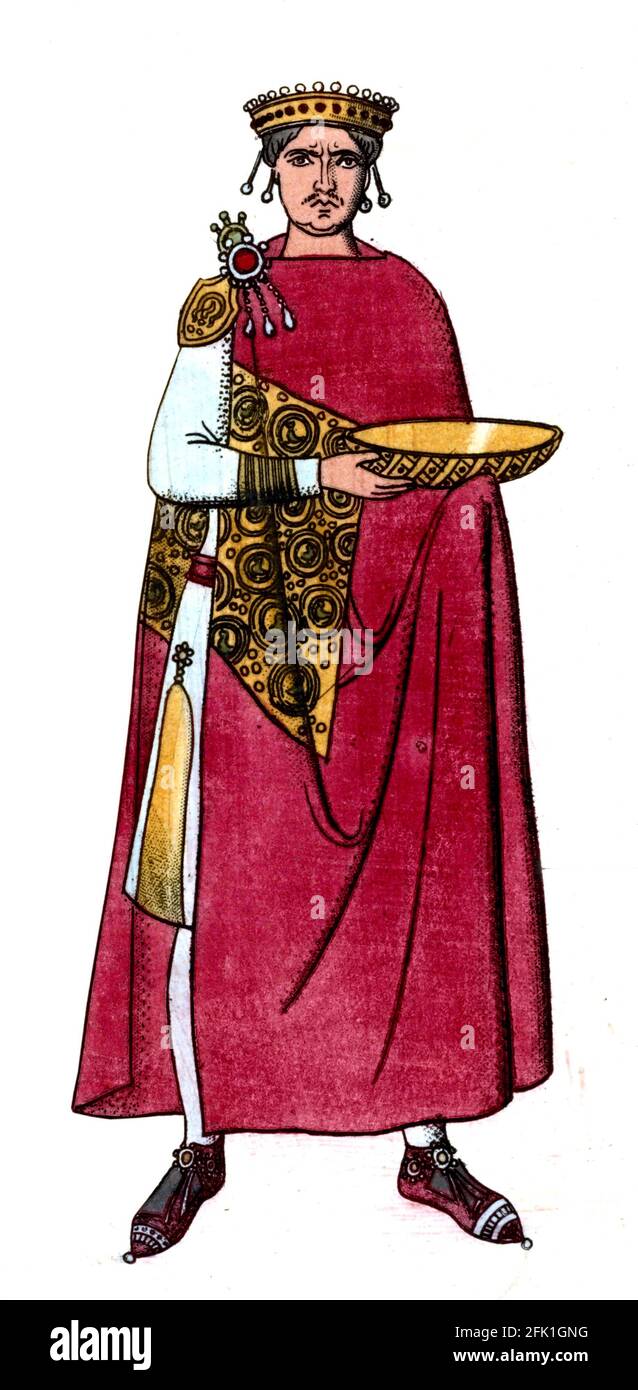Nov 9, 2022Khosrau sacked over 6,000 forces from Beroea and Antioch. The Persian monarch also occupied Daras and Lazica, and exacted 5,000 pounds of gold and an annual 500 pounds more from Justinian.
Byzantine Emperor Justinian the Great” iPad Case & Skin for Sale by Terence Kerr | Redbubble
Jan 3, 2024Justinian I (482-565), also known as Justinian the Great, was a Byzantine emperor who reigned from 527 to 565 CE. He sought to restore the Roman Empire’s greatness and left a lasting impact on law, architecture, and culture. Justinian is renowned for codifying Roman laws into the “Corpus Juris Civilis,” a comprehensive legal code.

Source Image: pinterest.com
Download Image
Justinian was the emperor of the Byzantine Empire between 527 and 565. The Byzantine Empire formed from the eastern portion of the Roman Empire; emperors such as Diocletian divided the Roman

Source Image: target.com
Download Image
Justinian I: The Legacy of an Eastern Roman Emperor in the Byzantine Empire by holymayo-art | Justinian i, Eastern roman, History design April 2009 (last revised) The nearly forty-year reign of Emperor Justinian I (born 482; reign 527-65) ( 99.35.7406) heralded extensive territorial expansion and military success, along with a new synthesis of Greco-Roman and Christian culture seen at all levels of Byzantine culture.

Source Image: nationalgalleries.org
Download Image
Which Are Accomplishments Of The Byzantine Emperor Justinian
April 2009 (last revised) The nearly forty-year reign of Emperor Justinian I (born 482; reign 527-65) ( 99.35.7406) heralded extensive territorial expansion and military success, along with a new synthesis of Greco-Roman and Christian culture seen at all levels of Byzantine culture. Justinian, the last emperor to use Latin, ruled until 565, leaving an impressive list of achievements that included the codification of old Roman law, the construction of Hagia Sophia, and a vigorous attempt to reclaim lost imperial lands in the west.
Byzantine Art | National Galleries of Scotland
Emperor Justinian I was a master legislator. He reorganized the administration of the imperial government and outlawed the suffragia, or sale of provincial governorships.He also sponsored the Codex Justinianus (Code of Justinian) and directed the construction of several new cathedrals, including the Hagia Sophia.In these and other domestic affairs, Justinian excelled. Portraits of Emperor Justinian I | Europeana
Source Image: europeana.eu
Download Image
Byzantine Military: Roman Empire Military Organization (802 – 867 AD) Emperor Justinian I was a master legislator. He reorganized the administration of the imperial government and outlawed the suffragia, or sale of provincial governorships.He also sponsored the Codex Justinianus (Code of Justinian) and directed the construction of several new cathedrals, including the Hagia Sophia.In these and other domestic affairs, Justinian excelled.

Source Image: byzantinemilitary.blogspot.com
Download Image
Byzantine Emperor Justinian the Great” iPad Case & Skin for Sale by Terence Kerr | Redbubble Nov 9, 2022Khosrau sacked over 6,000 forces from Beroea and Antioch. The Persian monarch also occupied Daras and Lazica, and exacted 5,000 pounds of gold and an annual 500 pounds more from Justinian.

Source Image: redbubble.com
Download Image
Justinian I: The Legacy of an Eastern Roman Emperor in the Byzantine Empire by holymayo-art | Justinian i, Eastern roman, History design Justinian was the emperor of the Byzantine Empire between 527 and 565. The Byzantine Empire formed from the eastern portion of the Roman Empire; emperors such as Diocletian divided the Roman

Source Image: pinterest.com
Download Image
Emperor Justinian and the Byzantine Empire | Byzantine art, Byzantine empire, Byzantine Justinian, or Flavius Petrus Sabbatius Justinianus, was arguably the most important ruler of the Eastern Roman Empire. Considered by some scholars to be the last great Roman emperor and the first great Byzantine emperor, Justinian fought to reclaim Roman territory and left a lasting impact on architecture and law.

Source Image: pinterest.com
Download Image
pen portraits-Emperor Justinian and Theodora | Bennythomas’s Weblog April 2009 (last revised) The nearly forty-year reign of Emperor Justinian I (born 482; reign 527-65) ( 99.35.7406) heralded extensive territorial expansion and military success, along with a new synthesis of Greco-Roman and Christian culture seen at all levels of Byzantine culture.

Source Image: bennythomas.wordpress.com
Download Image
Justinian i hi-res stock photography and images – Alamy Justinian, the last emperor to use Latin, ruled until 565, leaving an impressive list of achievements that included the codification of old Roman law, the construction of Hagia Sophia, and a vigorous attempt to reclaim lost imperial lands in the west.

Source Image: alamy.com
Download Image
Byzantine Military: Roman Empire Military Organization (802 – 867 AD)
Justinian i hi-res stock photography and images – Alamy Jan 3, 2024Justinian I (482-565), also known as Justinian the Great, was a Byzantine emperor who reigned from 527 to 565 CE. He sought to restore the Roman Empire’s greatness and left a lasting impact on law, architecture, and culture. Justinian is renowned for codifying Roman laws into the “Corpus Juris Civilis,” a comprehensive legal code.
Justinian I: The Legacy of an Eastern Roman Emperor in the Byzantine Empire by holymayo-art | Justinian i, Eastern roman, History design pen portraits-Emperor Justinian and Theodora | Bennythomas’s Weblog Justinian, or Flavius Petrus Sabbatius Justinianus, was arguably the most important ruler of the Eastern Roman Empire. Considered by some scholars to be the last great Roman emperor and the first great Byzantine emperor, Justinian fought to reclaim Roman territory and left a lasting impact on architecture and law.